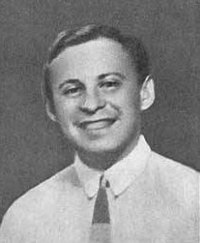Tietze extension theorem

Okay kiddo, let's talk about the Tietze Extension Theorem. Imagine you draw a line on a piece of paper. That line has some points on it, let's say they are dots. Now, let's imagine a rule that says you can only color in those dots; you can't color in any other points that aren't on the line.
Now, let's say you wanted to color in the whole page, even the parts that aren't on that line. How could you do it? That's where the Tietze Extension Theorem comes in. It says that if you have a line (or a shape) on a page, and you want to color in every point on the whole page, you can do it using just some basic math.
Basically, it's a way of extending a function or shape from one part of the page to the whole page. So, if you have a function that only works on a certain part of the page, you can use the Tietze Extension Theorem to extend that function to work on the whole page. It's kind of like adding more dots to the line so you can color in the whole page.
Does that make sense, kiddo?
Now, let's say you wanted to color in the whole page, even the parts that aren't on that line. How could you do it? That's where the Tietze Extension Theorem comes in. It says that if you have a line (or a shape) on a page, and you want to color in every point on the whole page, you can do it using just some basic math.
Basically, it's a way of extending a function or shape from one part of the page to the whole page. So, if you have a function that only works on a certain part of the page, you can use the Tietze Extension Theorem to extend that function to work on the whole page. It's kind of like adding more dots to the line so you can color in the whole page.
Does that make sense, kiddo?
Related topics others have asked about:
